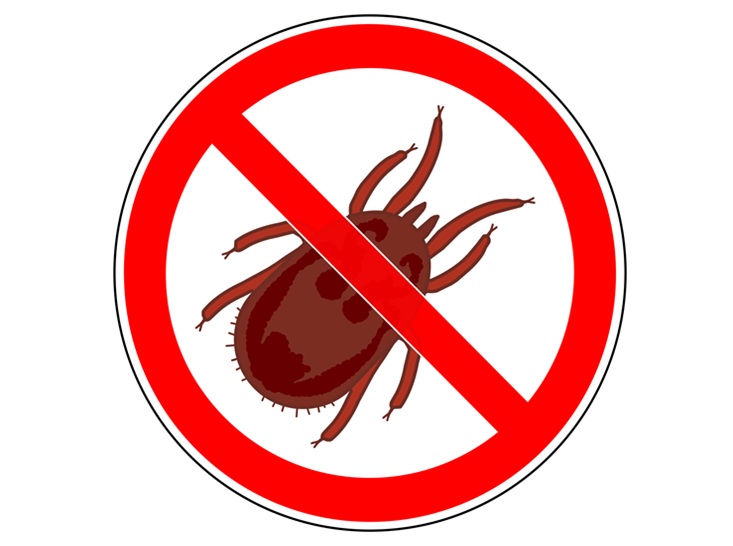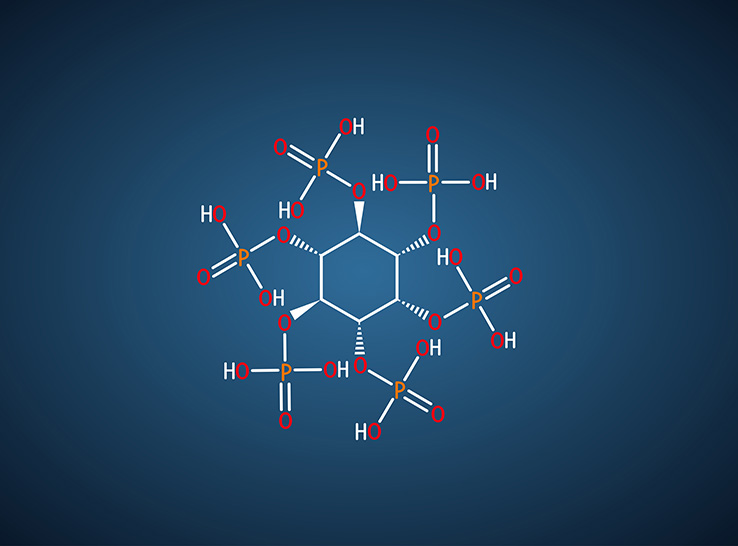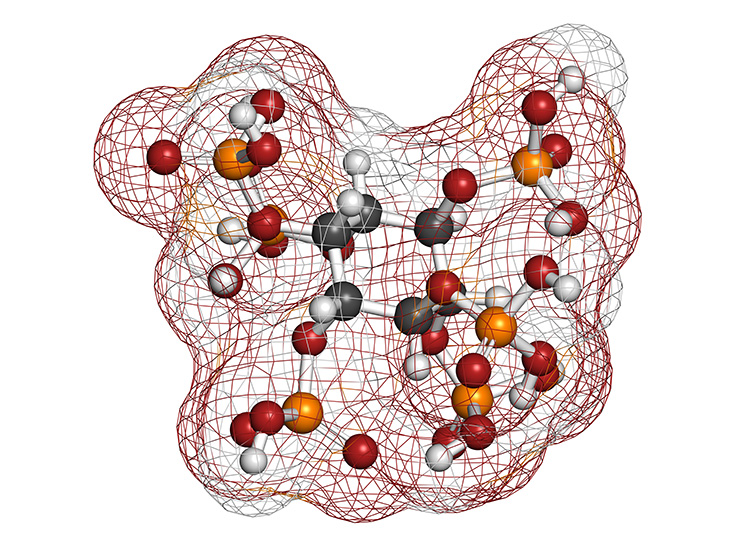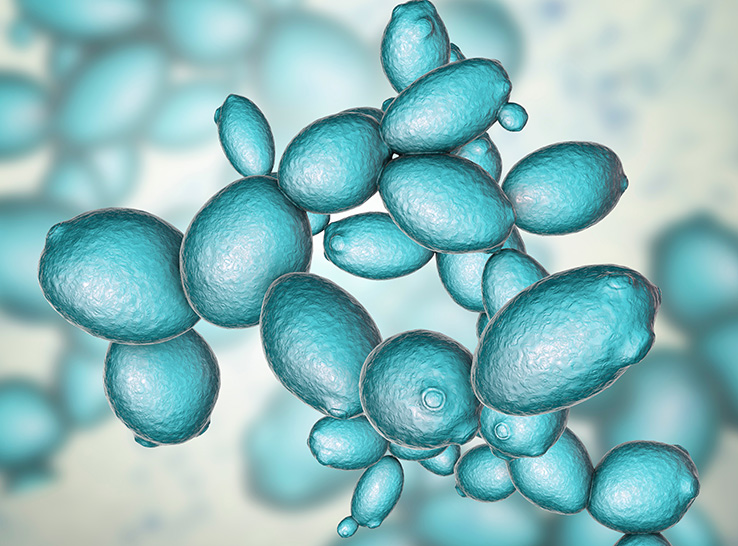Reducing the use of phosphate in feed is a key target for the livestock industry. Although phosphorus is a valuable nutrient, phosphate reduction in feed can increase the security of raw material supply, cut costs and reduce farming’s environmental impact. Research from BASF is shedding light on how this might be done.
At the 2024 Poultry Science Association annual meeting, Bayo Sokale, PhD, technical lead for BASF, presented the results of a study evaluating a novel approach to the application of phytase enzyme aimed at reducing inorganic phosphate in broiler diets.
Sokale and his research team tested diets in which inorganic phosphate was partially or completely removed, with varying doses of the Natuphos® E phytase fed to broilers at doses up to 3,000 phytase units (FTU) per kilogram of feed.
They examined how this dietary approach impacted body weight, feed intake, blood chemistry and bone parameters, as well as the amount of phosphorus in the birds’ litter.
In the 42-day pen trial conducted at Perdue Farms’ research facility in Maryland, the researchers used three dietary treatments, with 10 replicates per treatment and 50 birds per pen. They fed the birds a corn-soybean meal basal diet using monocalcium phosphate (MCP) as the inorganic phosphate source and formulated starter, grower and finisher diets.
The three dietary treatments were as follows:
- Treatment 1: Control group, containing MCP, tailored to breeder nutrition specification.
- Treatment 2: Diets containing 1500 FTU/kg in the starter and grower phases with an assigned contribution (matrix) of calcium and phosphorus, and 2000 FTU/kg for the finisher phase with no inorganic phosphate.
- Treatment 3: Diets containing 3000 FTU/kg in the starter phase with calcium and phosphorus matrix applied, and 2000 FTU/kg in the grower and finisher phases with no inorganic phosphate.
Effects on production performance
The researchers observed no significant difference in bird body weight across all the treatment groups at 42 days. However, feed conversion was significantly lower in both treatment groups, with the inorganic phosphate program (treatments 2 and 3) showing better feed efficiency compared to the group fed the control diet (treatment 1).
At 14 days, growth performance was significantly improved in the starter phase in birds that received the highest phytase dose (treatment 3), compared to the control diet.
There were no significant differences in mortality or gait score across the treatment groups, but litter phosphorus was significantly lower in the treatment groups with the inorganic phosphate program (treatments 2 and 3) compared to the control diet.
As expected, the team found significantly reduced phosphorus levels in blood plasma and numerically higher ionized calcium in treatments 2 and 3. However, there were no significant differences in tibia-breaking strength or tibia ash, which is made up of calcium phosphate and is an important marker of bone development.
Validation vital for industry approval
“Resource efficiency is vital for sustainable protein production, and cutting inorganic phosphates in poultry diets is a big part of that,” Sokale said.
“The work has validated that complete or partial removal of inorganic phosphates is practically achievable by adapting phytase supplementation in birds’ diets without any ‘knock-on’ effects, either for production or bird health. This is reassuring, showing that optimal animal performance is possible while moving towards more judicious use of natural sources of phosphate,” he added.
In particular, Sokale pointed to the usefulness of the data, suggesting that there is likely no compromise in bird performance when reducing or removing inorganic phosphates at the grower and finisher phases, and that high-dose phytase in the starter phase can improve these performance outcomes.
“These findings suggest possible long-term benefits in inorganic phosphate-free diets and have been backed up in two additional trials, which had similar results for growth and bone health,” said Peter Ader, PhD, global technical product manager, BASF.
“We hope this work will provide food for thought for nutritionists devising the diets that underpin the future of the poultry industry.”
Editor’s note: Content on Modern Poultry’s Industry Insights pages is provided and/or commissioned by our sponsors, who assume full responsibility for its accuracy and compliance.







